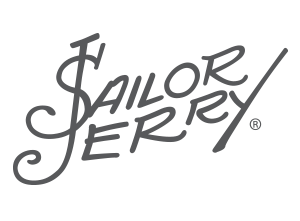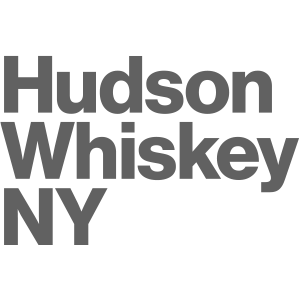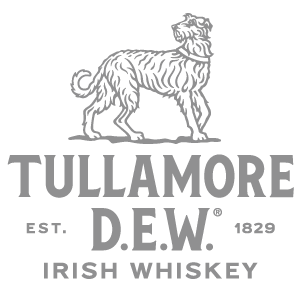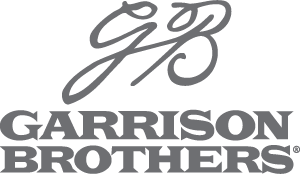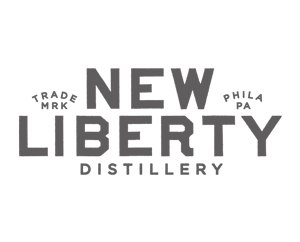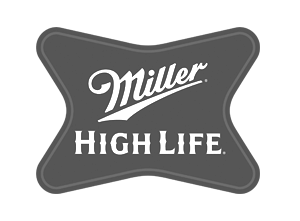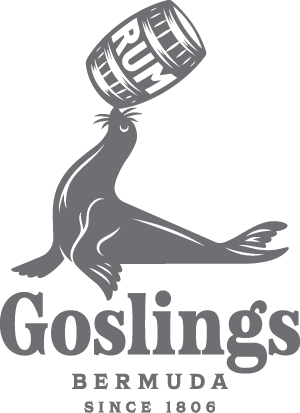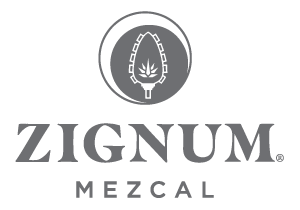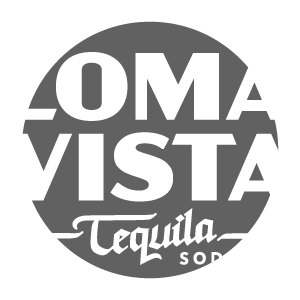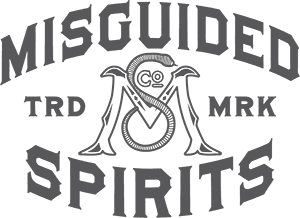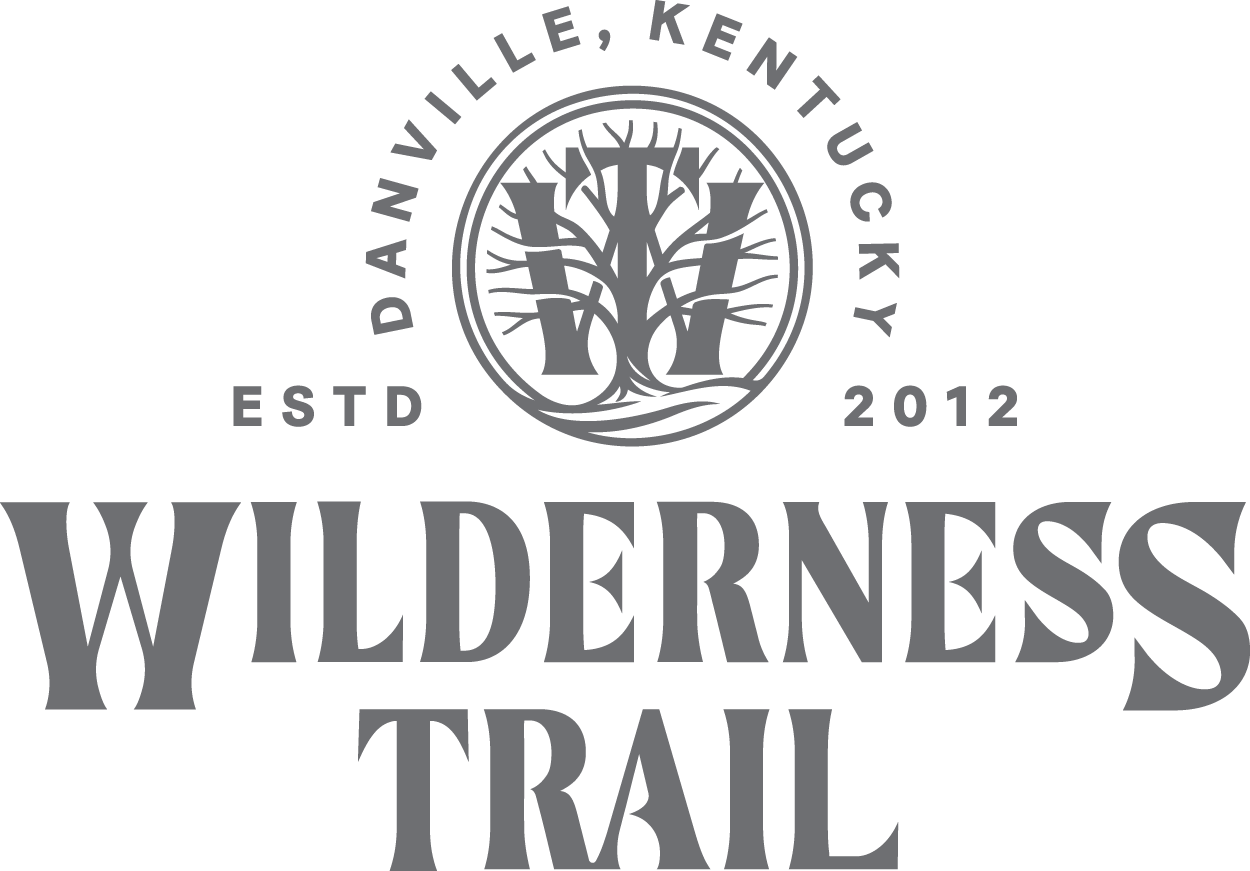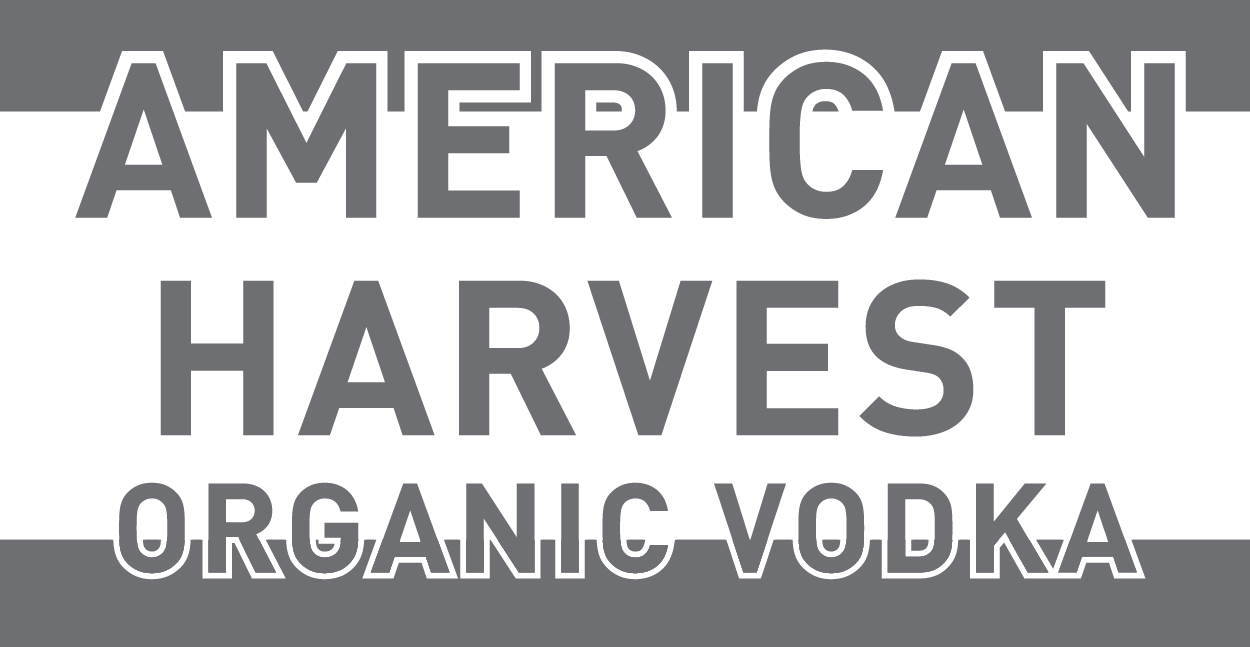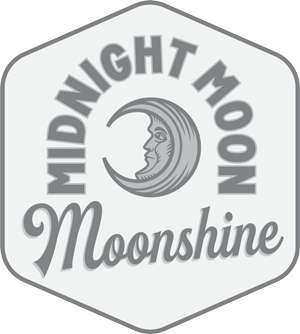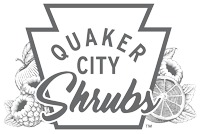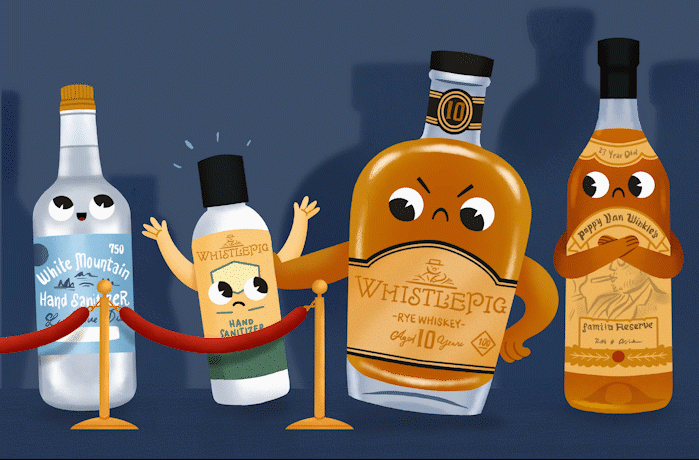
In the early days of the novel coronavirus pandemic, distilleries large and small pivoted to make hand sanitizer. It only made sense. There was a commercial shortage, and many spirits producers had the high proof ethanol necessary to produce their own branded sanitizers.
As spirits-backed sanitizers became widely commercially available, whiskey nerds found dark humor in the early days of quarantine.
“In search of: Pappy Van Winkle hand sanitizer,” joked a man on a private whiskey trading group in late March. Another posted a doctored image of said bottle on Instagram.
Their banter was oddly prescient.
You might not be aware of the depth that the American whiskey geek goes to collect rare bottlings. That they spend loads of money on bottles they never even plan to open. Or that once a cartoonish sticker has been added to certain bottles, its black market value could inexplicably balloon.
A certain breed of whiskey nerd collects vintage water—yes, water—paying upwards of $100 for some 1970s H2O.
Thus, in retrospect, it seems obvious that collectors would eventually start to amass hand sanitizers with similar fervor. It’s just in a whiskey geek’s DNA.
“I am a serious collector of WhistlePig whiskeys and advertising, and when I heard that [they were] producing a hand sanitizer, I reached out to one of the [people in] marketing,” says Roger Hardin, who lives just outside of Dallas. Knowing his passion for the brand, the Vermont distillery sent him three bottles of its Vermont Soap in April. “I still have one of the three, but I have given the other two to other collectors.”
Unlike bunkering bottles of Boss Hog or clearing shelves of Blanton’s, most collectors don’t believe distillery hand sanitizers will actually be valuable one day. Instead, they regard them as cool curios of this strange era, something desirable for a brand completist or amasser of industry arcana.
“We had a few patrons come in to purchase our hand sanitizer to put into time capsules they were making in response to the pandemic,” says Courtney Colella, of Berkshire Mountain Distilling.
The distillery donated a significant portion of its sanitizer to hospitals, law enforcement, and food banks, so it wasn’t easy for collectors to get their hands on a bottle or two. But they figured out a way. Whiskey geeks always do.
Ryan Maloney, the longtime owner of Julio’s Liquor, a retailer near Boston, witnessed this phenomenon. Certain customers tried to buy the different sanitizers that local distilleries donated to his store so employees could continue to do their jobs and feel safe.
“I’d always push back: ‘Wait! Wait until the distilleries are actually selling it and buy theirs,’ ” he says.
Jim Beam is perhaps the biggest name to release a hand sanitizer, but its version wasn’t lavishly boxed and wax-dipped like Booker’s Bourbon.
“Our sanitizer labeling was intentionally informational and efficient, and deliberately not designed to appeal to consumers,” says Dan Cohen, senior director of public relations and social media for Beam Suntory, Jim Beam’s parent company.
Beam Suntory donated the product strictly to first responders, medical professionals and facilities in Kentucky and Illinois, declining any and all commercial opportunities. Of course, that just made it more desirable to collectors. Even though Cohen hasn’t heard of anyone pursuing it as a collectible, and was disturbed by the thought, it’s pursued avidly online.
“I might sit on it for 10, 20 years, and see what happens,” says Eric, a longtime whiskey collector in Kentucky who preferred not to use his last name. He scored a bottle of Jim Beam’s sanitizer from a friend who works in an animal hospital. “Could be worth big bucks someday.”
Because most distillery-made hand sanitizers use bland packaging, some of the most collectible bottlings are the scant few with artful labels.
Stoneyard Distillery’s “COVID Killer” is popular and appears frequently on eBay. A blend of aloe and the distillery’s overproof beet sugar spirit, it’s said to smell like spiced rum. (Don’t get any ideas, though: The FDA’s mandated denaturing of the alcohol makes all these distillery hand sanitizers unpotable.)
Similarly, Faber Distilling’s one-liter bottles of hand sanitizer has a brown bag-like label and a bold “DO NOT DRINK!” message that appears similar to their “easy-drinking” vodkas and rums. It’s fetched high prices on the auction market, with $10 bottles sold for as much as $50.
Tamworth Distilling might have the best designed hand sanitizer. It’s not a shock, as distillery owner Steven Grasse is known for his one-of-a-kind aesthetic. He created the iconic packaging for Hendrick’s Gin and Sailor Jerry Rum.
The New Hampshire distillery’s White Mountain Hand Sanitizer looks more like an alpine liqueur, and its bottle features a motto written in script: “Live Clean or Die!”
“It instantly brought crowds of people trying to get their hands on it,” says Jillian Anderson, sales manager at Tamworth Distilling. Spirits collectors from across the U.S. ordered bottles via the distillery’s website. “Most people wanted multiple bottles so that they could keep one unopened.”
Yes, the modern whiskey enthusiast is a unique breed, but ultimately not all that different from comic book collectors, vinyl record obsessives or sneakerheads. They find a sense of community in their devotion to the obscure.
Some collectors hope to turn a tidy profit one day, but most just like the thrill of the hunt, the accomplishment in trying to “catch ’em all.”
And during the darkest days of the pandemic, it might provide some strange comfort to see many whiskey geeks still online, in rabid pursuit of their “unicorns” of choice, as if it were any other day on the internet. Can the apocalypse really be near if people haggle over the trade value of some Heaven Hill hand sanitizer? Or, conversely, is it a sign we already exist in a post-apocalyptic marketplace? Either way, the community persists.
Maloney has also seen the rush to land certain bottlings. He notes the popularity of Fabrizia’s sanitizer, which is made with lemons from Sicily and has a zesty scent. Only 3,000 bottles were donated initially to fire and police departments, hospitals and other medical facilities throughout the Northeast. It was so beloved that Fabrizia sold additional bottles at cost (around $1.33 for a two-ounce bottle), many which quickly became collectables.
“There’s a double-edged sword to it, of course,” says Maloney. Though spirits collectors just can’t help their desire to obtain rare things, he thinks that maybe they should sit this one out. “A lot of this stuff is meant for first responders. Now you’re trying to take away hand sanitizer that is actually needed.”
One development that excited collectors was the debut of a sanitizer from the Sazerac Company, owners of Buffalo Trace, which distills Pappy Van Winkle.
In May, Sazerac began to sell a sanitizer in its gift shop for $15.99 a pop. It was packaged in plastic 1.75-liter bottles and didn’t include the name “Pappy” anywhere on the medical-looking labels. It didn’t matter. Whiskey geeks ordered it en masse. They’d often post images of two, five or even the maximum 24 bottles they nabbed with the tag #bourbonporn.
Some collectors of the Sazerac Company’s sanitizer seemed embarrassed by their pursuit. Even they realized that every hand sanitizer hoarded and displayed in a private Bourbon bar is a bottle that can’t be used.
As one man in a Reddit thread about collecting distillery sanitizers more elegantly put it: “ If you are buying hand sanitizer for the novelty and not because you actually need it, you’re kind of an asshole.”

